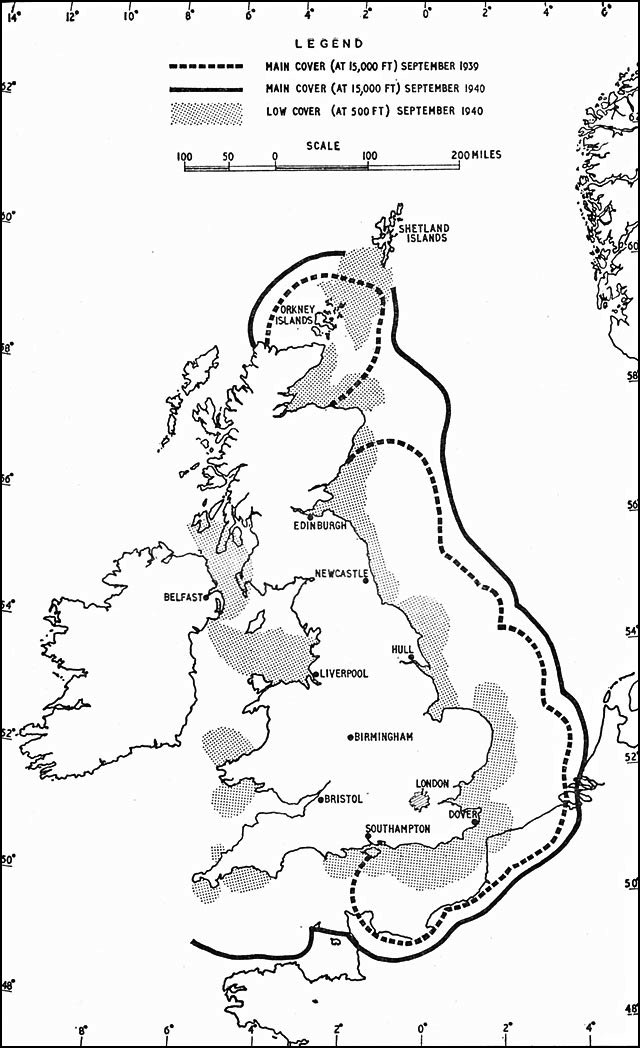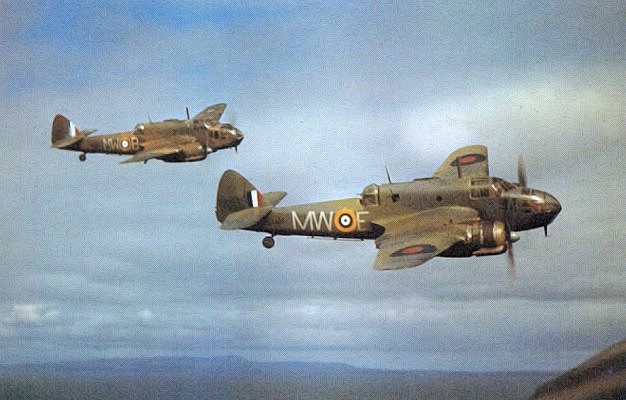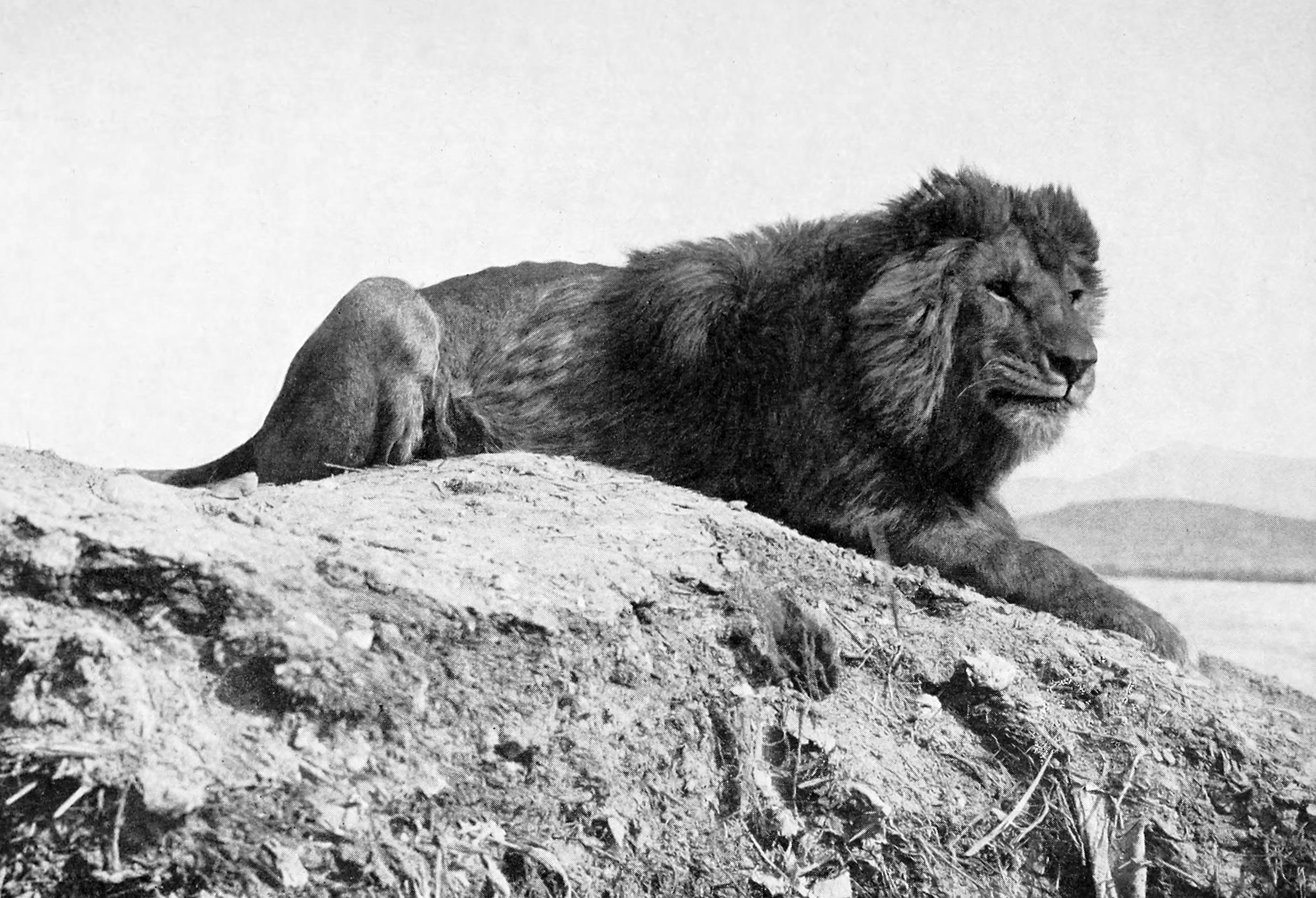|
415th Special Operations Squadron
The 415th Special Operations Squadron is a United States Air Force unit. It is assigned to the 58th Operations Group at Kirtland Air Force Base, New Mexico. The 415th Night Fighter Squadron was formed in February 1943, and it carried out missions in the Mediterranean Theatre of Operations, and then in northwestern Europe during World War II. It was inactivated in 1947, with its personnel and aircraft being transferred to another squadron. Reactivated in 2011, the squadron replaced the 58th Special Operations Wing, Detachment 1. Its mission is to train special operations personnel operating both the HC-130J Combat King II and the MC-130J Commando II. History World War II During World War II, the 415th Night Fighter Squadron was activated on 10 February 1943. At that time, the squadron was assigned to the Army Air Forces School of Applied Tactics for training in the P-70 night fighter, a converted Douglas A-20 Havoc medium bomber. That training included daylight and nighttime ... [...More Info...] [...Related Items...] OR: [Wikipedia] [Google] [Baidu] |
Air Education And Training Command
Air Education and Training Command (AETC) is one of the nine Major Commands (MAJCOM) of the United States Air Force (USAF), reporting to Headquarters, United States Air Force. It was established 1 July 1993, with the realignment of Air Training Command and Air University. AETC is headquartered at Randolph Air Force Base, Joint Base San Antonio, Texas. AETC is the primary training and professional education command in the Air Force. More than 48,000 active duty and Air Reserve Component members and 14,000 civilian personnel make up AETC. The command has responsibility for approximately 1,600 aircraft. AETC's mission is to "recruit, train and educate Airmen to deliver air power for America." Air Force Recruiting Service AETC's mission begins with the Air Force Recruiting Service (AFRS), an AETC activity also headquartered at Randolph AFB, Texas. AFRS comprises three regional groups and 24 squadrons with more than 1,400 commissioned officer and enlisted recruiters assigned throu ... [...More Info...] [...Related Items...] OR: [Wikipedia] [Google] [Baidu] |
Ground-controlled Interception
Ground-controlled interception (GCI) is an air defence tactic whereby one or more radar stations or other observational stations are linked to a command communications centre which guides interceptor aircraft to an airborne target. This tactic was pioneered during World War I by the London Air Defence Area organization, which became the Royal Air Force's Dowding system in World War II, the first national-scale system. The ''Luftwaffe'' introduced similar systems during the war, but most other combatants did not suffer the same threat of air attack and did not develop complex systems like these until the Cold War era. Today the term GCI refers to the style of battle direction, but during WWII it also referred to the radars themselves. Specifically, the term was used to describe a new generation of radars that spun on their vertical axis in order to provide a complete 360 degree view of the sky around the station. Previous systems, notably Chain Home (CH), could only be directed along ... [...More Info...] [...Related Items...] OR: [Wikipedia] [Google] [Baidu] |
Allied Invasion Of Sicily
The Allied invasion of Sicily, also known as Operation Husky, was a major campaign of World War II in which the Allied forces invaded the island of Sicily in July 1943 and took it from the Axis powers ( Fascist Italy and Nazi Germany). It began with a large amphibious and airborne operation, followed by a six-week land campaign, and initiated the Italian campaign. To divert some of the Axis forces to other areas, the Allies engaged in several deception operations, the most famous and successful of which was Operation Mincemeat. Husky began on the night of 9–10 July 1943 and ended on 17 August. Strategically, Husky achieved the goals set out for it by Allied planners; the Allies drove Axis air, land and naval forces from the island and the Mediterranean sea lanes were opened for Allied merchant ships for the first time since 1941. These events led to the Italian leader, Benito Mussolini, being toppled from power in Italy on 25 July, and to the Allied invasion of Italy on 3 ... [...More Info...] [...Related Items...] OR: [Wikipedia] [Google] [Baidu] |
Bristol Beaufighter
The Bristol Type 156 Beaufighter (often called the Beau) is a British multi-role aircraft developed during the Second World War by the Bristol Aeroplane Company. It was originally conceived as a heavy fighter variant of the Bristol Beaufort torpedo bomber. The Beaufighter proved to be an effective night fighter, which came into service with the Royal Air Force (RAF) during the Battle of Britain, its large size allowing it to carry heavy armament and early airborne interception radar without major performance penalties. The Beaufighter was used in many roles; receiving the nicknames ''Rockbeau'' for its use as a rocket-armed ground attack aircraft and ''Torbeau'' as a torpedo bomber against Axis shipping, in which it replaced the Beaufort. In later operations, it served mainly as a maritime strike/ground attack aircraft, RAF Coastal Command having operated the largest number of Beaufighters amongst all other commands at one point. The Royal Australian Air Force (RAAF) also m ... [...More Info...] [...Related Items...] OR: [Wikipedia] [Google] [Baidu] |
415th Night Fighter Squadron Northrop P-61B-15-NO Black Widow 42-39684
{{mil-unit-dis ...
415th may refer to: *415th Bombardment Group, inactive United States Air Force unit *415th Flight Test Flight (415 FLTF), squadron of the United States Air Force Reserves * 415th Tactical Fighter Squadron, inactive United States Air Force unit See also * 415 (number) *415, the year 415 (CDXV) of the Julian calendar *415 BC __NOTOC__ Year 415 BC was a year of the pre-Julian Roman calendar. At the time, it was known as the Year of the Tribunate of Cossus, Vibulanus, Volusus and Cincinnatus (or, less frequently, year 339 ''Ab urbe condita''). The denomination 415 BC ... [...More Info...] [...Related Items...] OR: [Wikipedia] [Google] [Baidu] |
Monastir Airfield
Monastir Habib Bourguiba International Airport (french: link=no, Aéroport International de Monastir–Habib Bourguiba, AIMHB, ar, مطار الحبيب بورقيبة الدولي) is an airport serving Monastir and Sousse areas in Tunisia. The Tunisian Civil Aviation and Airports Authority (OACA) awarded the management of the airport to TAV Airports Holding in March 2007. The airport is named after the former president Habib Bourguiba, who was born in Monastir. History During World War II, the airport was known as ''Monastir Airfield'' and was used by the United States Army Air Forces Twelfth Air Force 81st Fighter Group during the North African Campaign. The 81st flew P-39 Airacobras from the airfield between 26 May and 10 August 1943. Overview The airport activity mainly serves tourists coming to visit Monastir, Sousse and the surrounding resorts (Monastir-Skanes and Port El Kantaoui in particular). Almost all charter flights are concentrated within the tourist season ... [...More Info...] [...Related Items...] OR: [Wikipedia] [Google] [Baidu] |
Royal Air Force
The Royal Air Force (RAF) is the United Kingdom's air and space force. It was formed towards the end of the First World War on 1 April 1918, becoming the first independent air force in the world, by regrouping the Royal Flying Corps (RFC) and the Royal Naval Air Service (RNAS). Following the Allied victory over the Central Powers in 1918, the RAF emerged as the largest air force in the world at the time. Since its formation, the RAF has taken a significant role in British military history. In particular, it played a large part in the Second World War where it fought its most famous campaign, the Battle of Britain. The RAF's mission is to support the objectives of the British Ministry of Defence (MOD), which are to "provide the capabilities needed to ensure the security and defence of the United Kingdom and overseas territories, including against terrorism; to support the Government's foreign policy objectives particularly in promoting international peace and security". The R ... [...More Info...] [...Related Items...] OR: [Wikipedia] [Google] [Baidu] |
La Senia Airfield
Ahmed Ben Bella Airport ( ar, مطار أحمد بن بلة), formally Es-Sénia Airport is an airport located 4.7 nm (8.7 km) south of Oran (near Es Sénia), in Algeria. History During World War II, La Sénia Airport was first used by the French Air Force as a military airfield, first by the Armée de l'Air, and after June 1940, by the Armistice Air Force (french: link=no, Armée de l'Air de Vichy) of the Vichy government. During the Operation Torch landings in 1942, La Sénia was one of the primary objectives of the assault on Oran on 9 November. A paratroop task force was to be directly seize La Sénia, with an armored task force to thrust inland to insure the capture of the field. Just after daylight, eight Albacore dive bombers from H.M.S. ''Furious'' and six Hurricane fighter escorts from each of the two auxiliary carriers swung back over La Sénia airfield in broad daylight to be greeted by strong antiaircraft fire and Vichy fighters. The airfield was attacked in ... [...More Info...] [...Related Items...] OR: [Wikipedia] [Google] [Baidu] |
Oran
Oran ( ar, وَهران, Wahrān) is a major coastal city located in the north-west of Algeria. It is considered the second most important city of Algeria after the capital Algiers, due to its population and commercial, industrial, and cultural importance. It is west-south-west from Algiers. The total population of the city was 803,329 in 2008, while the metropolitan area has a population of approximately 1,500,000 making it the second-largest city in Algeria. Etymology The word ''Wahran'' comes from the Berber expression ''wa - iharan'' (place of lions). A locally popular legend tells that in the period around AD 900, there were sightings of Barbary lion, Barbary lions in the area. The last two lions were killed on a mountain near Oran, and it became known as ''la montagne des lions'' ("The Mountain of Lions"). Two giant lion statues stand in front of Oran's city hall, symbolizing the city. History Overview During the Roman Empire, a small settlement called ''Unica Colonia'' ... [...More Info...] [...Related Items...] OR: [Wikipedia] [Google] [Baidu] |
North Africa
North Africa, or Northern Africa is a region encompassing the northern portion of the African continent. There is no singularly accepted scope for the region, and it is sometimes defined as stretching from the Atlantic shores of Mauritania in the west, to Egypt's Suez Canal. Varying sources limit it to the countries of Algeria, Libya, Morocco, and Tunisia, a region that was known by the French during colonial times as "''Afrique du Nord''" and is known by Arabs as the Maghreb ("West", ''The western part of Arab World''). The United Nations definition includes Morocco, Algeria, Tunisia, Libya, Egypt, Sudan, and the Western Sahara, the territory disputed between Morocco and the Sahrawi Republic. The African Union definition includes the Western Sahara and Mauritania but not Sudan. When used in the term Middle East and North Africa (MENA), it often refers only to the countries of the Maghreb. North Africa includes the Spanish cities of Ceuta and Melilla, and plazas de s ... [...More Info...] [...Related Items...] OR: [Wikipedia] [Google] [Baidu] |
Transport Ship
A troopship (also troop ship or troop transport or trooper) is a ship used to carry soldiers, either in peacetime or wartime. Troopships were often drafted from commercial shipping fleets, and were unable land troops directly on shore, typically loading and unloading at a seaport or onto smaller vessels, either tenders or barges. Attack transports, a variant of ocean-going troopship adapted to transporting invasion forces ashore, carry their own fleet of landing craft. Landing ships beach themselves and bring their troops directly ashore. History Ships to transport troops were used in Antiquity. Ancient Rome used the navis lusoria, a small vessel powered by rowers and sail, to move soldiers on the Rhine and Danube. The modern troopship has as long a history as passenger ships do, as most maritime nations enlisted their support in military operations (either by leasing the vessels or by impressing them into service) when their normal naval forces were deemed insufficient for ... [...More Info...] [...Related Items...] OR: [Wikipedia] [Google] [Baidu] |
Camp Kilmer
Located in Central New Jersey, Camp Kilmer is a former United States Army camp that was activated in June 1942 as a staging area and part of an installation of the New York Port of Embarkation. The camp was organized as part of the Army Service Forces Transportation Corps. Troops were quartered at Camp Kilmer in preparation for transport to the European Theater of Operations in World War II. Eventually, it became the largest processing center for troops heading overseas and returning from World War II, processing over 2.5 million soldiers. It officially closed in 2009. Origins and history The camp was named for Joyce Kilmer, a poet killed in World War I while serving with 69th Infantry Regiment. His home was in nearby New Brunswick, New Jersey.Camp Kilmer Pamphlet, p. 1. The site was selected in 1941 by the War Department as the best site to serve the New York Port of Embarkation. Construction began in early 1942. Located in Piscataway Township, New Jersey and Edison Township ... [...More Info...] [...Related Items...] OR: [Wikipedia] [Google] [Baidu] |







